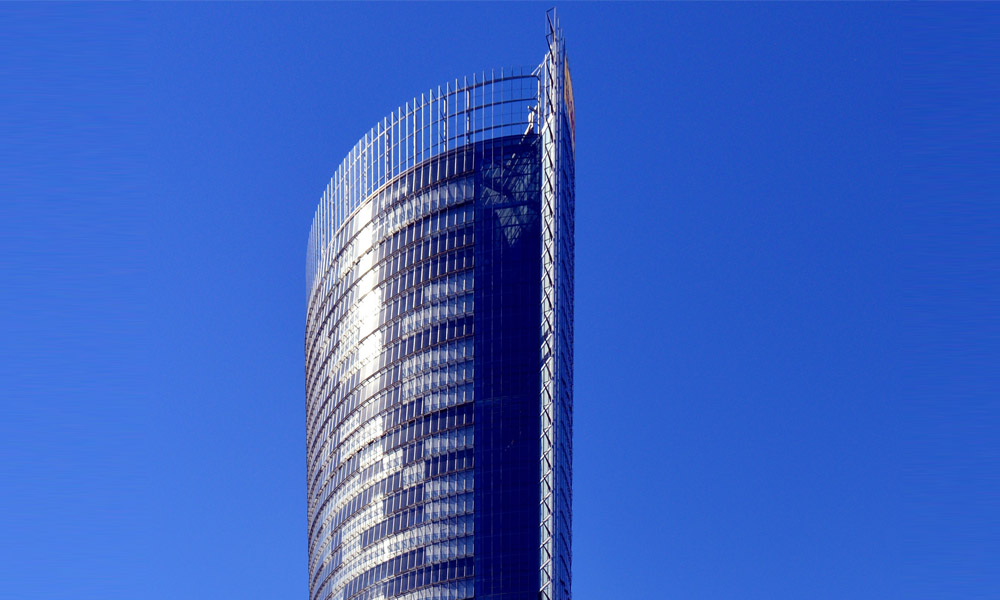Triple Low-E glass has become a revolutionary product in the world of energy-efficient windows. This advanced form of glass glazing, designed with precision, offers homeowners and businesses the opportunity to optimize energy use, enhance comfort, and potentially reduce energy bills significantly. This article delves into the unique benefits, technological expertise, and reliability of triple Low-E glass, providing readers with an authoritative guide that stands out among existing resources.

In the realm of energy-efficient windows, triple Low-E glass is often considered the pinnacle of innovation. This type of glass incorporates three layers of microscopic coatings that are specifically designed to reflect infrared light. By reducing the amount of infrared and ultraviolet light that passes through the glass, it dramatically cuts down on the energy needed for heating and cooling indoor spaces. This not only leads to lower utility bills but also contributes to a reduced environmental footprint, an important factor for eco-conscious consumers.
The expertise behind triple Low-E glass lies in its construction. Each layer of Low-E coating is meticulously applied using advanced sputtering techniques. This process involves the bombardment of glass surfaces with ions in a vacuum chamber, which ensures that the coatings are evenly distributed and adhered without compromising the transparency of the glass. As a result, these windows maintain high clarity and offer unobstructed views, which is a crucial feature for consumers who value aesthetics as much as functionality.

Experience has shown that buildings utilizing triple Low-E glass in their fenestration systems perform exceptionally well in varying climates. In colder regions, these windows excel at minimizing heat loss by reflecting interior heat back into the building, keeping spaces warmer with less energy. Conversely, in warmer climates, triple Low-E glass reflects outdoor heat, maintaining cooler indoor temperatures and reducing the reliance on air conditioning systems. Studies and customer reviews consistently report marked improvements in thermal comfort and energy efficiency when transitioning from single or double to triple Low-E glazing.
Authoritativeness in the field of triple Low-E glass is further demonstrated through compliance with stringent industry standards and certifications. Most leading manufacturers ensure that their products meet or exceed benchmarks set by organizations like ENERGY STAR and the National Fenestration Rating Council (NFRC). These certifications are indicative of a product's performance in terms of energy savings, durability, and safety, providing peace of mind to consumers who prioritize quality and certified performance in their purchase decisions.
triple low e glass
Trustworthiness in triple Low-E glass originates from both scientific validation and real-world application. Peer-reviewed studies confirm the efficacy of Low-E coatings in reducing energy transfer through glass. Furthermore, the widespread adoption of triple Low-E glass by architects and builders in new constructions and retrofitting projects serves as a testament to its reliability and effectiveness. End-user testimonials frequently highlight not only reduced energy bills but also enhanced living or working environments due to superior temperature regulation.
In addition to its functional benefits, triple Low-E glass also boosts the resale value of a property. Energy-efficient homes are increasingly sought after in the real estate market, and triple Low-E glass is considered a valuable asset. Buyers are often willing to pay a premium for properties equipped with modern, energy-saving technologies, recognizing the long-term cost savings and environmental benefits they offer.
Moreover, the integration of triple Low-E glass into a building's design supports sustainability goals, aligning with global initiatives to reduce carbon emissions and promote green building practices. These windows form a part of a holistic approach to energy conservation, complementing other strategies such as enhanced insulation, smart HVAC systems, and renewable energy sources.
For those considering a switch to triple Low-E glass, engaging with knowledgeable professionals in the field is recommended. These experts can provide tailored advice, ensuring that the specific needs of any building project are met, from aesthetic preferences to energy efficiency goals. Manufacturers’ representatives and certified installers can offer insights into the latest innovations and guide consumers through the selection process to ensure optimal outcomes.
In conclusion, triple Low-E glass stands as a formidable solution in the pursuit of energy efficiency and environmental responsibility. Its combination of cutting-edge technology, proven performance, and aesthetic versatility makes it a superior choice for any building project. As awareness grows and technology advances, triple Low-E glass will undoubtedly continue to play a crucial role in shaping the landscapes of tomorrow’s energy-efficient buildings.



